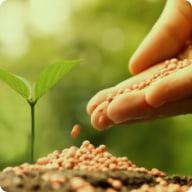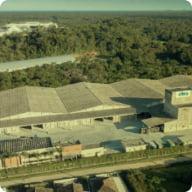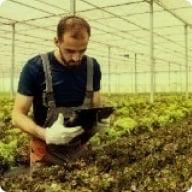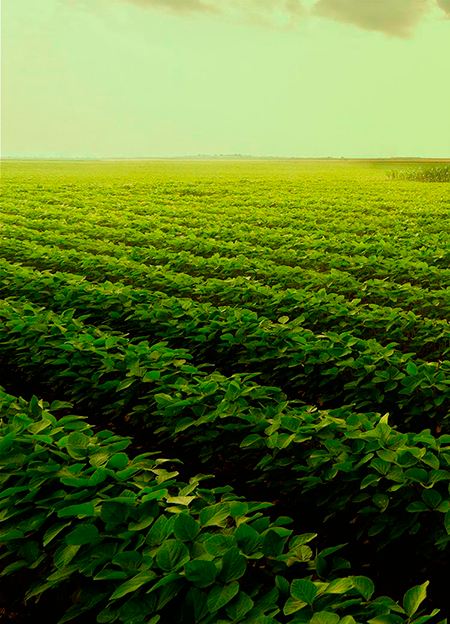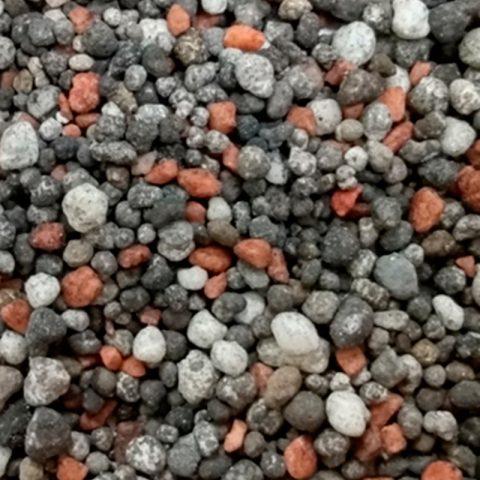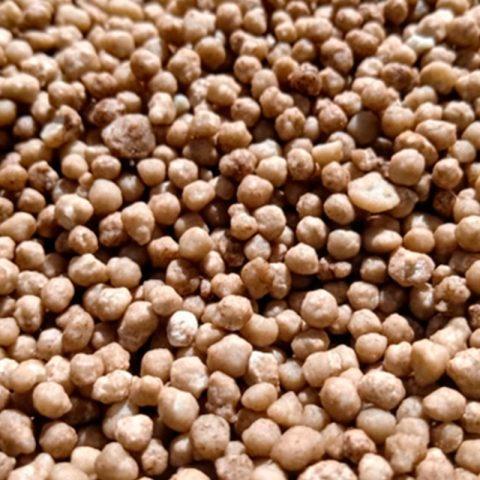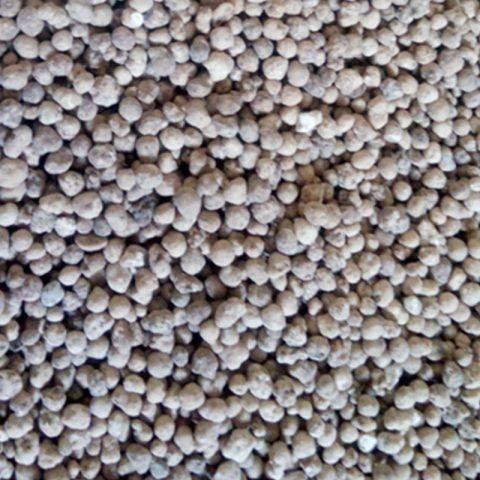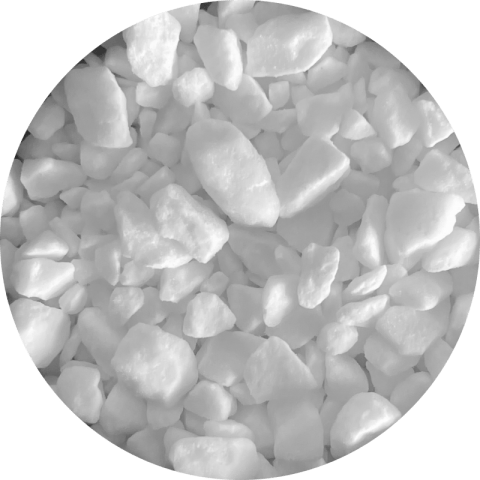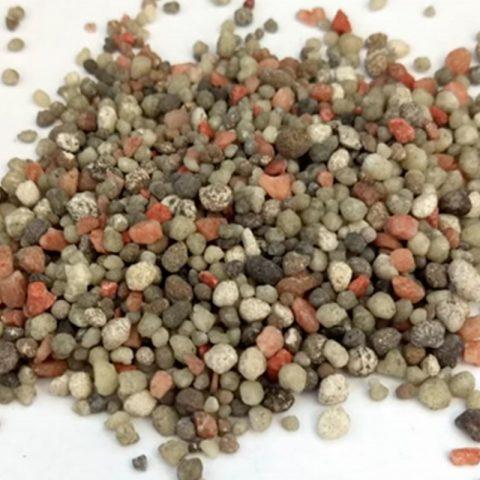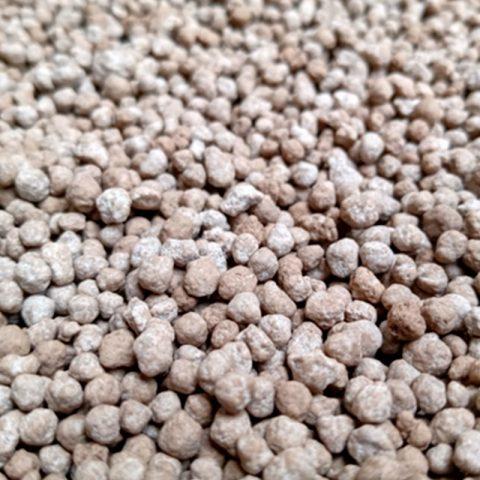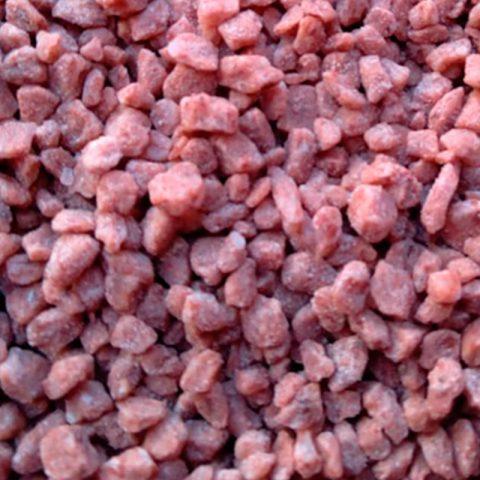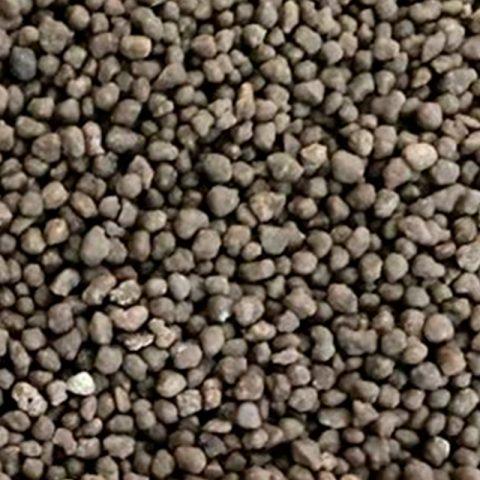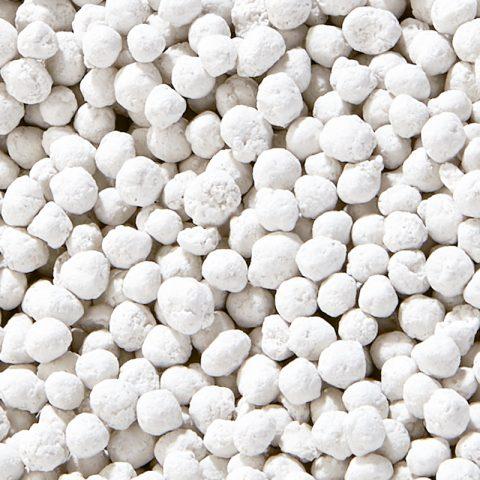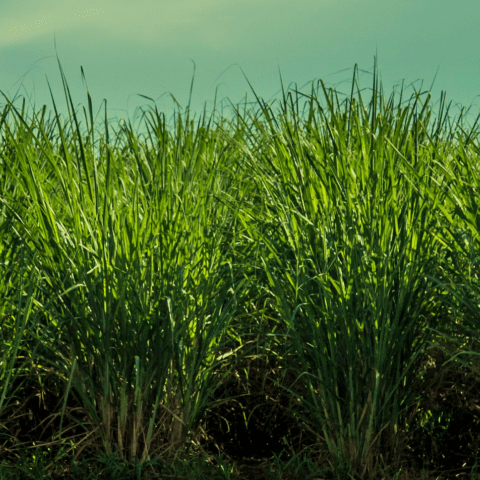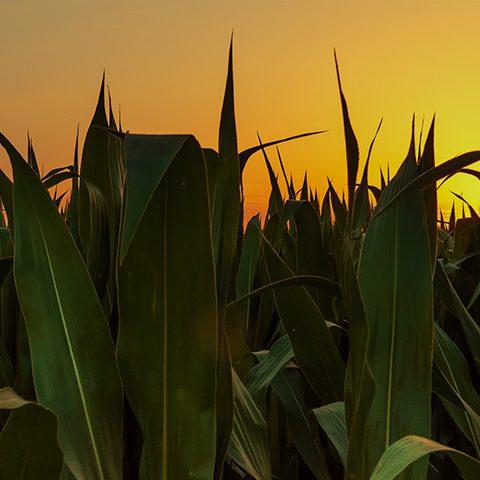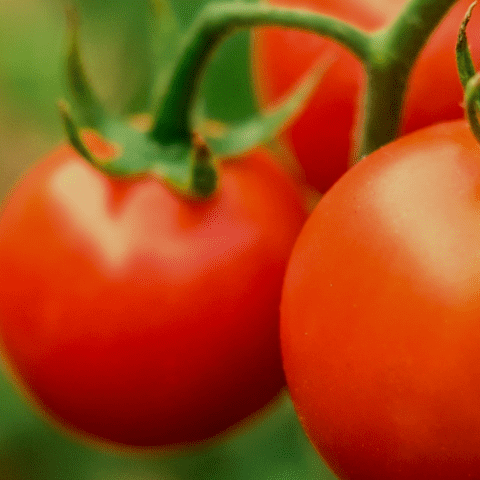SOYBEAN IN THE NATIONAL MARKET
One of the most important crops in agriculture and production leader in Brazil, which is one of the largest grain producers in the world.
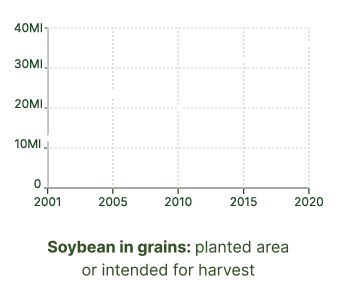
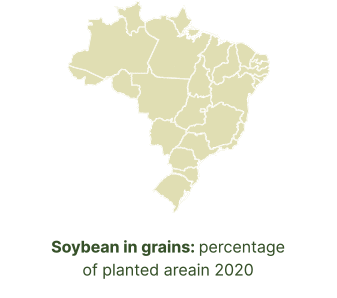
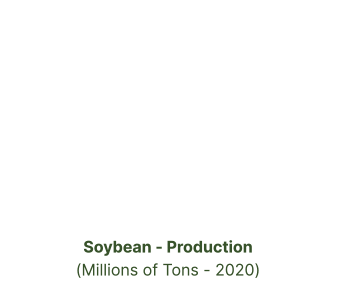
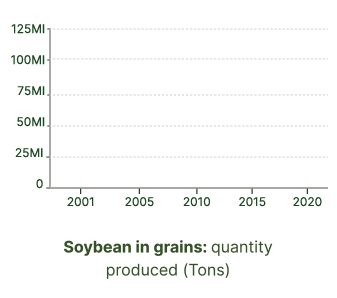
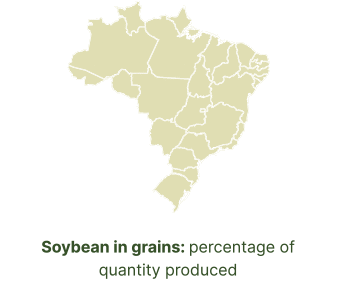
What do you need to know
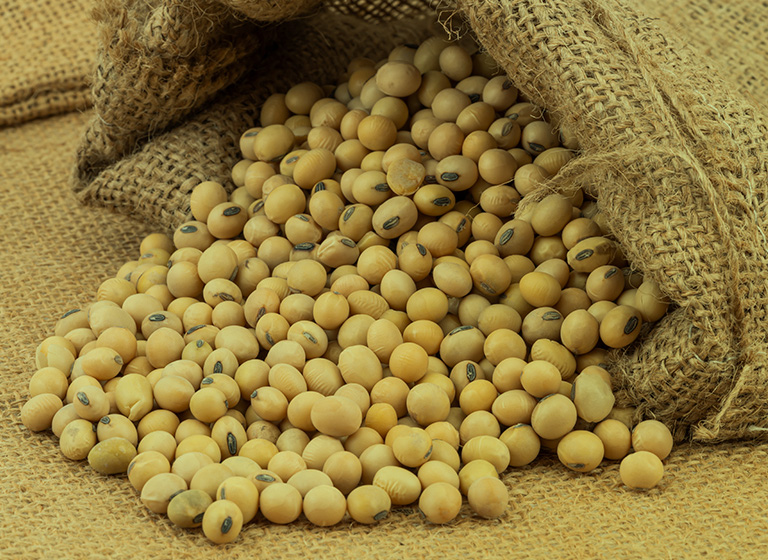
The increase in soybean crop productivity is related to genetic improvement and management practices refined by new technologies.
As a substantial source of protein and oil, soy is one of the most important crops to meet the demands of human and animal food. This makes soybeans one of the most cultivated grains in the world.
In Brazil, the area planted with soybeans represents almost half of the entire area destined for grain production. Therefore, the soybean crop is the most important of the national agribusiness.
The increase in productivity obtained in the last decades of the crop varies, on average, from 9 to 40 kg/ha/year. This increase is mainly linked to genetic improvement and management practices that have been refined through the adoption of new technologies. And to support this increase in production, it is essential that the fertilization program to be applied takes into account the supply of nutrients in a balanced and assertive way, encompassing Macronutrients and Micronutrients.
In this sense, Cibra has differentiated fertilizers to meet the needs of soybean crops, such as BaseFort it’s the CibraMix.
The BaseFort provides high concentrations of Phosphorus (P) and balanced amounts of Nitrogen (N) and Sulfur (S) in a single fertilizer granule, which are ideal for soybean crop establishment and productivity. When it comes to the balance of micronutrients, we have the line CibraMix which has several NPK formulations added to release micronutrients and balanced concentrations, bringing more productivity to soybean cultivation.
Principais Deficiências
Main Deficiencies
Soy’s Nitrogen Deficiency (N)
The importance of nitrogen (N): In legumes, atmospheric nitrogen is symbiotically fixed to ammonia in root nodules and transported as ammonium ion.
Integrates the chlorophyll molecule, acts in photosynthesis. It acts in the synthesis and is an integral part of proteins, in the setting of flowers, increases the number and retention of pods. It directly increases productivity, increases the weight (density) of grains. Increases the oil content of the beans.
Nitrogen (N) deficiency appears in the leaves, changing from dark green to pale green with slight yellowing, progressing until all the leaves turn yellow. This symptom appears first on the lower leaves but also spreads to the upper leaves. The symptom appears last on young leaves because N is an extremely mobile element in the plant, being translocated from old tissues to new leaves. Plant growth is slow, with smaller plants and low yields and causes low levels of protein in the grains.
Soy’s Phosphorus Deficiency (P)
The importance of phosphorus (P): Integrates the ATP molecule, acts in the supply and storage of energy. It acts on photosynthesis and respiration. It stimulates root growth and nodulation and increases the efficiency of FBN (Biological Nitrogen Fixation).
It acts at the height of plant and insertion of the first pod. Phosphorus (P) deficiencies are often not well defined. They are usually characterized in mature leaves by a dark green color, but the main symptoms are slow growth, with stunted plants, small leaves and often dark bluish green.
Due to the high mobility of phosphorus (P) in the plant, under conditions of deficiency, the element is transferred from the older leaves to the younger ones, depleting the P reserves in the older leaves, where the symptom appears first.
Soy’s Potassium Deficiency (K)
The importance of potassium (K): It acts in the formation, translocation and metabolism of carbohydrates. It is responsible for the efficient use of water, regulating enzymatic movement.
It acts in the translocation of water and nutrients, helps the plant to tolerate water deficiency. Promotes more uniform maturation of the crop. Potassium (K) deficiency for this nutrient can usually result in what we know as “hidden hunger”, that is, a reduction in the plant growth rate with a reduction in soybean production.
In cases of more severe deficiency, the appearance of visual symptoms begins with a yellowing at the edges of the leaflets of the leaves of the lower part of the plant. These areas advance towards the center of the leaflets, giving rise to the beginning of necrosis of these areas at the edges of the leaflets. Potassium-deficient plants produce small grains.
Soy’s Calcium Deficiency (Ca)
The importance of calcium (Ca): it is an integral part of the cell wall, it acts on the permeability of the cell membrane.
It acts on the growth and germination of pollen grains. It acts on the growth of the pollen tube. Essential for the growth and deepening of roots. Calcium (Ca) deficiency causes reduced growth of meristematic tissue in the stem, leaf and root tip.
Deficiency usually appears first on young leaves and growth points, a consequence of calcium immobility in the plant. The emergence of primary leaves of calcium deficient soybeans is slow and when the leaves emerge they already grow deformed (wrinkled leaves).
Soy’s Magnesium Deficiency (Mg)
The importance of magnesium (Mg): it is essential for photosynthesis; It is a component of chlorophyll, a green pigment, an active participant in the photosynthetic process and helps the absorption of phosphorus.
Increases BNF (Biological Nitrogen Fixation). Increases N-protein and decreases N-mineral in the plant.
Magnesium (Mg) deficiency initially causes a pale green color at the edges, then passes to marginal chlorosis in older leaves, and progresses to between the veins. Yellowing begins with the lower leaves and progresses to the young leaves. This is because magnesium (Mg) is mobile in the plant.
Soy’s Sulfur Deficiency (S)
The importance of sulfur (S): Components of sulfur amino acids (cystine, cysteine and methionine).
Increases the efficiency of FBN (Biological Nitrogen Fixation). Improves incorporation of fixed N. It acts in the formation of grains. Sulfur (S) deficiency is very similar to nitrogen deficiency.
There is a general chlorosis of the leaves, including the veins, which turn from pale green to yellow. Symptoms start on young leaves, while in N deficiency symptoms start on old leaves. Deficient plants are small and thin-stemmed. The analysis of plant leaves can also be a useful tool in identifying the deficiency.
Soy’s Iron Deficiency (Fe)
The importance of iron (Fe): it acts in the transfer of electrons, activates enzymes. It participates in nitrogenase, a key enzyme of FBN (Biological nitrogen fixation).
The typical symptom of iron (Fe) deficiency is characterized by a decrease in the production of chlorophyll by the plant.
Iron (Fe) deficiency always starts in young leaves. In the initial stage, the areas between the veins of the leaflets of the soybean leaves start to show a yellowish color. As the deficiency progresses, the veins also turn yellow and, finally, the entire leaf becomes almost white.
Soy’s Manganese Deficiency (Mn)
The importance of manganese (Mn): it acts in the formation of chlorophyll, acts in the synthesis of proteins.
It acts on the evolution of oxygen from water (photolysis) in the process of photosynthesis (photosystem II). The symptom of manganese (Mn) deficiency in soybean causes chlorosis between the leaf veins.
Except for the veins, soybean leaves turn pale green and turn pale yellow. Manganese deficiency differs from iron and magnesium in that the veins remain green and appear raised. Also in manganese (Mn) deficiency symptoms are first visible on young leaves, while in magnesium (Mg) the old leaves are the first to be affected.
Soy’s Zinc Deficiency (Zn)
The importance of zinc (Zn): activates several enzymes, acts in the synthesis of proteins, acts in the synthesis of tryptophan, precursor of the hormone AIA (auxin).
It helps in the formation of grains. Zinc (Zn) deficiency causes smaller leaflets, with chlorotic areas between the veins, and these symptoms are more severe on basswood leaves. A zinc-deficient soybean crop will be yellowish-brown in color when viewed from a distance.
Maturation will be delayed and few pods will be produced. Very high applications of limestone and phosphorus reduce zinc availability and can cause zinc deficiency. Zinc deficiency is also very common in regions with low rainfall, where part of the soil layer has been removed by erosion or for leveling the land or building terraces.
Soy’s Copper Deficiency (Cu)
The importance of copper (Cu): It acts in the activation of photosynthesis and respiration enzymes. It acts in the distribution of carbohydrates, acts in the reduction and fixation of the N of the FBN (Biological nitrogen fixation). Helps in resistance to fungal diseases.
Copper (Cu) deficiency usually causes necrosis at the leaflet tips of young leaves. This necrosis continues along the edges of the leaflets, resulting in leaves that appear to have lost turgidity and water, and appear to have dried up.
Growth is retarded and the plant’s color changes to gray-green, blue-green, or olive. For many plant species, high amounts of copper in nutrient solution are toxic and limit growth.
Soy’s Boron Deficiency (B)
The importance of boron (B): it acts in cell division and elongation.
It acts on the germination of pollen grains and on the growth of the pollen tube. It acts in the transport of sugars, starch, nitrogen and phosphorus. Participates in the formation of grains. Important for seed germination.
Boron deficiency symptoms (B) appear initially causing an abnormal and slow development of apical growth points. The leaflets of young leaves are deformed, wrinkled, often thicker, and dark blue-green in color. The leaves and stems become fragile, indicating disturbance in transpiration, and the top leaves turn yellow or reddish.
Fertilizantes Indicados
Indicated Fertilizers
Veja também
Nitrocap, SAM
Ammonium Sulfate, UREA ...
See more
Nitrocap, SAM
Ammonium Sulfate, UREA ...
Pragas da soja
Pragas subterrâneas ou pragas de solo:
são insetos que se alimentam de sementes,
após a semeadura, e das raízes das plantas
- Coró da soja
Phyllophaga cuyabana - Tamanduá da soja
Sternechus subsignatus - Lagarta-falsa-medideira
Chrysodeixis includens (Walker) (Lepidoptera: Noctuidae)
- Lagarta-da-soja
Anticarsia gemmatalis (Hubner) (Lepidoptera: Erebidae) - Lagarta-do-velho-mundo
Helicoverpa armígera (Hubner) (Lepidoptera: Noctuidae)
- Percevejo-marrom
Euschistus heros (Fabricius) (Heteroptera: Pentatomidae) - Percevejo-verde-pequeno
Piezodorus guildinii (Westwood) - Percevejo-verde
Nezara viridula (Linnaeus)
Doenças da soja
Doenças foliares:
- Ferrugem asiática
Phakospora pachyrhizi - Oídio
Erysiphe difusa - Mofo-branco
Sclerotinia sclerotiorum - Podridão-de-carvão
Macrophomina phaseolina - Podridão radicular de Phytophthora
Phytophthora sojae
- Manca-alvo
Corynespora cassiicola - Mela
Thanathephorus cucumeris - Cancro-da-haste
Diaporthe phaseolorum f. sp. Meridionalis - Mancha-púrpura
Cercospora kikuchii - Mancha-parda
Septoria glycines
- Doenças causadas por nematóides
Mais de 40 espécies de 12 gêneros têm sido citadas como parasitas das raízes. No Brasil as espécies mais importantes são:Heterodera glycines
Meloidogyne javanica
Meloidogyne incognita
Pratylenchus brachyurus
Rotylenchulus reniformis

